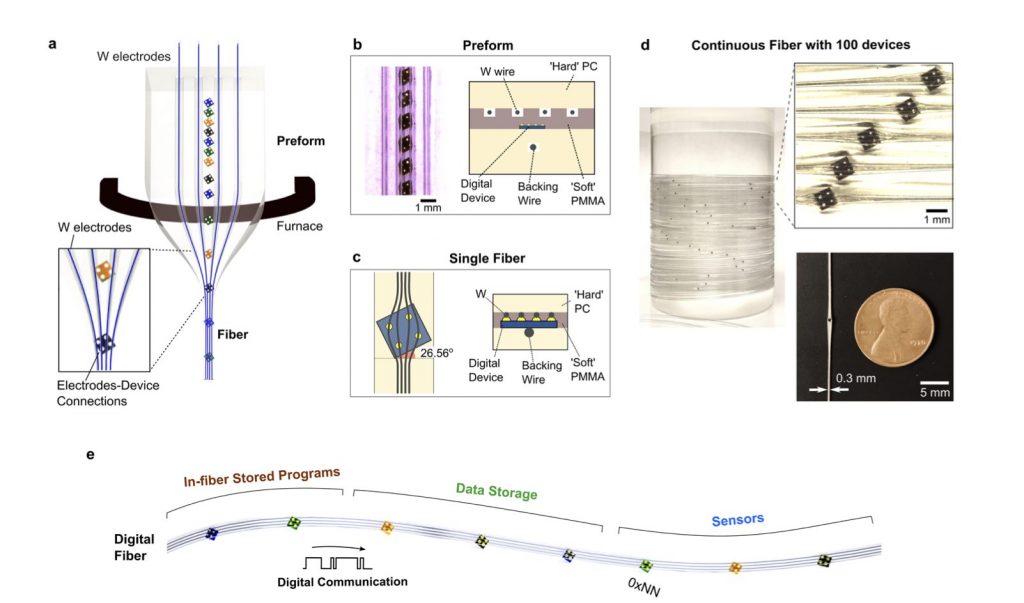A question I’d be interested in resolving is whether I can use sewable silicone robots to physically transform a garment. For example, I could try to roll down the fingers of a glove, or roll up a skirt to reveal a garment underneath. I could also experiment with trying to change the colors of a garment through soft robotics. The purpose of the soft robots would be to enable the programming of an action (i.e. contracting or expanding a tube that would cause a piece of fabric to stretch or hitch up) with an external input (i.e. press of a button, push of a finger, or a pump). There is a fair amount of research in the domain of soft robotics x textiles, but I’d like to see how I can take it a step further and ‘program’ the transformation of one garment into another, using electronics or other means.
A research paper I’m inspired by is called ‘Venous Materials: Towards Interactive Fluidic Mechanisms’, by the Tangible Media group at MIT. This paper covers fluidic mechanisms that respond to deformation by physical touch (ie pressure and bending).The color mixing experiments caught my interest: in one deformation pattern, different colored liquids were trapped in distinct pockets, and when pressure was applied, the liquids were released and irreversibly mixed into a new color.

I could potentially use this to change the color of a garment, providing it was built with a transparent material like silicone. The only issue is that this paper clarified the color mixing was irreversible, so if I wanted to explore reversibility, I would need to explore the properties of other fluids.
Another paper I’m inspired by is called ‘Digital electronics in fibers enable fabric-based machine-learning inference’. This paper covers the production of fibers that contain hundreds of microscopic digital temperature sensors, and these fibers can be sewn into clothing to create a garment that can take the temperature of specific body parts. Taking this one step further, I could create a garment that senses something like temperature and expands/contracts based on that temperature reading, to account for heat/cold.

Finally, I was inspired by the transforming works of Hussein Chalayan, such as the dresses in this video
Sources
Loke, Gabriel & Khudiyev, Tural & Wang, Brian & Fu, Stephanie & Payra, Syamantak & Shaoul, Yorai & Fung, Johnny & Chatziveroglou, Ioannis & Chou, Pin-Wen & Chinn, Itamar & Yan, Wei & Gitelson-Kahn, Anna & Joannopoulos, John & Fink, Yoel. (2021). Digital electronics in fibres enable fabric-based machine-learning inference. Nature Communications. 12. 10.1038/s41467-021-23628-5.
Hila Mor, Tianyu Yu, Ken Nakagaki, Benjamin Harvey Miller, Yichen Jia, and Hiroshi Ishii. 2020. Venous Materials: Towards Interactive Fluidic Mechanisms. Proceedings of the 2020 CHI Conference on Human Factors in Computing Systems. Association for Computing Machinery, New York, NY, USA, 1–14. DOI:https://doi.org/10.1145/3313831.3376129